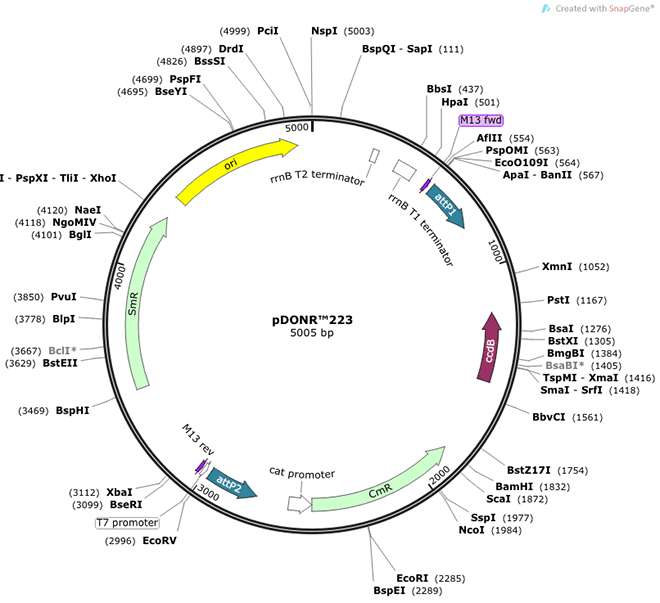This gene belongs to the protocadherin gene family, a subfamily of the cadherin superfamily. The gene encodes a type I transmembrane protein composed of an extracellular domain including 6 cadherin ectodomains, a single-pass transmembrane domain and a cytoplasmic tail. Unlike classical cadherins, which are generally encoded by 15-17 exons, this gene includes only 3 exons with the first large exon encoding the extracellular and transmembrane region. Although this gene product is capable of homophilic interaction, it appears to affect cell-cell adhesion indirectly by initiating signaling events that regulate classical cadherin-mediated adhesion. Based on studies on this protein and its orthologs, this protocadherin mainly functions in developing embryos and the central nervous system, but can also function as a tumor suppressor. Alternative splicing yielding isoforms with unique cytoplasmic tails has been reported. [provided by RefSeq, Sep 2009]


